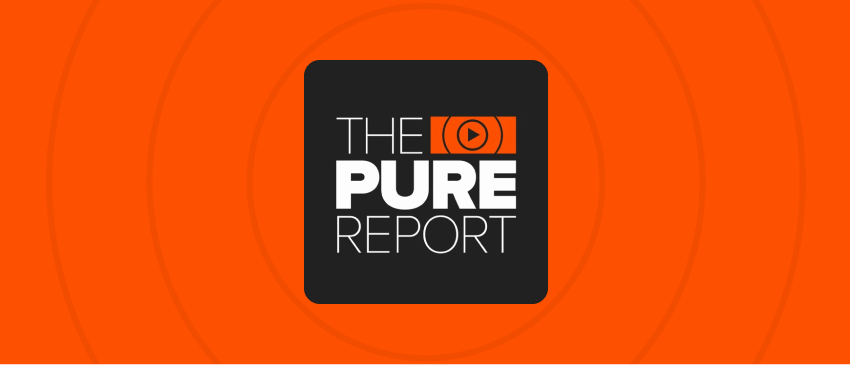Guide
The Beginner’s Guide to Big Data

Resources and Events
RESORTS WORLD LAS VEGAS | JUNE 18 - 21
Pure//Accelerate® 2024
Join us June 18-21 and level up your data success.
PURE //
Blogs
BLOG ARTICLE
Optimise GenAI Apps with Retrieval-augmented Generation
7 min. read
Learn how Pure Storage is working with NVIDIA to help enterprises optimise their AI efforts.
PURE //
Resources
RESOURCE
10 Ways Pure Helps You Uncomplicate Storage, Forever
PDF
Discover 10 ways Pure Storage® can help you uncomplicate storage, forever.

PODCAST
Reality Check On Storage as a Service and Evergreen//One
33 Min
Learn about Pure's Evergreen//One subscription offering and the white glove support we provide Evergreen//One customers.
Meet with an Expert
Let’s talk. Book a 1:1 meeting with one of our experts to discuss your specific needs.
Questions, Comments?
Have a question or comment about Pure products or certifications? We’re here to help.
Schedule a Demo
Schedule a live demo and see for yourself how Pure can help transform your data into powerful outcomes.
Call Sales: 800-976-6494
Media: pr@purestorage.com
Pure Storage, Inc.
2555 Augustine Dr.
Santa Clara, CA 95054
800-379-7873 (general info)